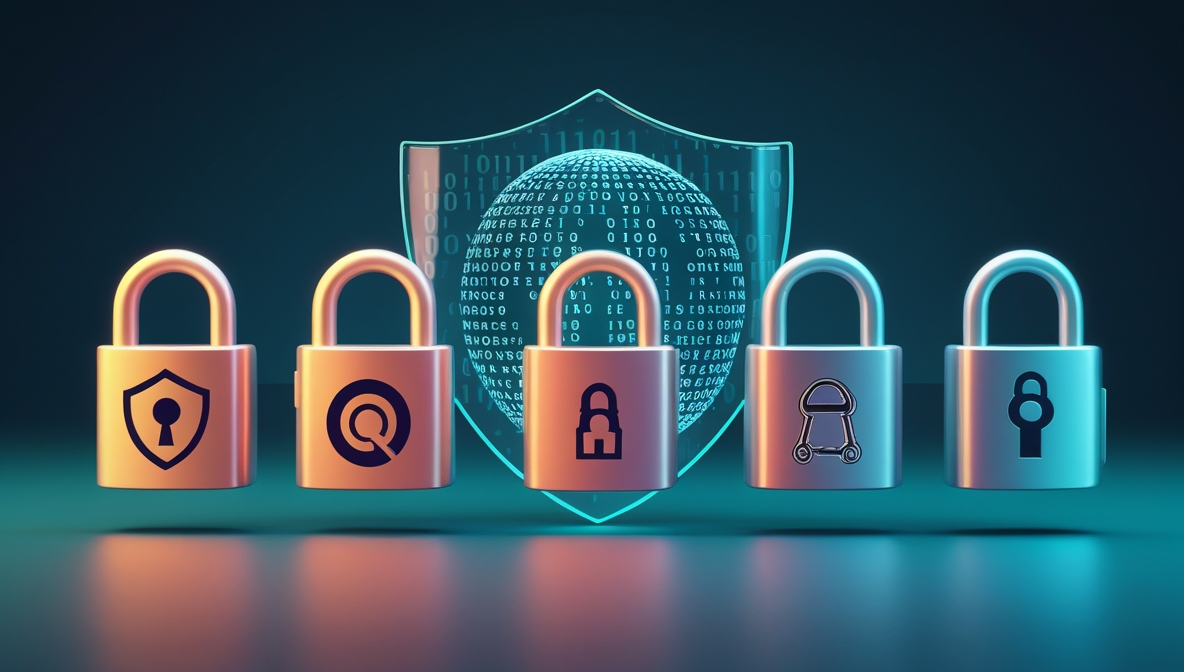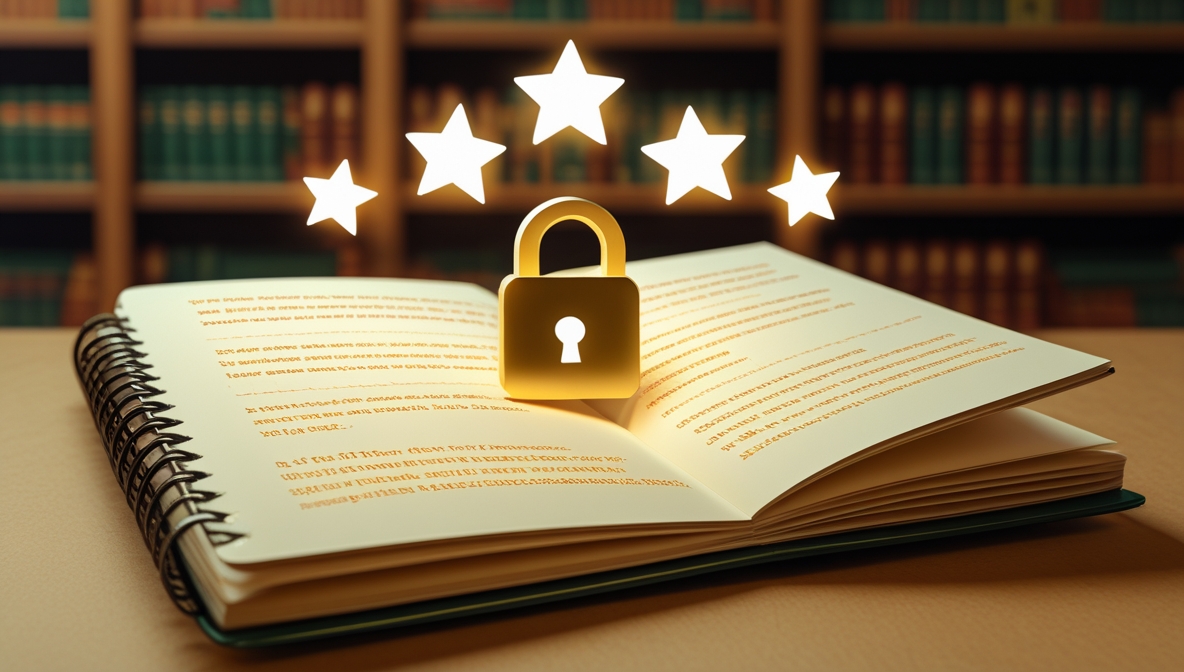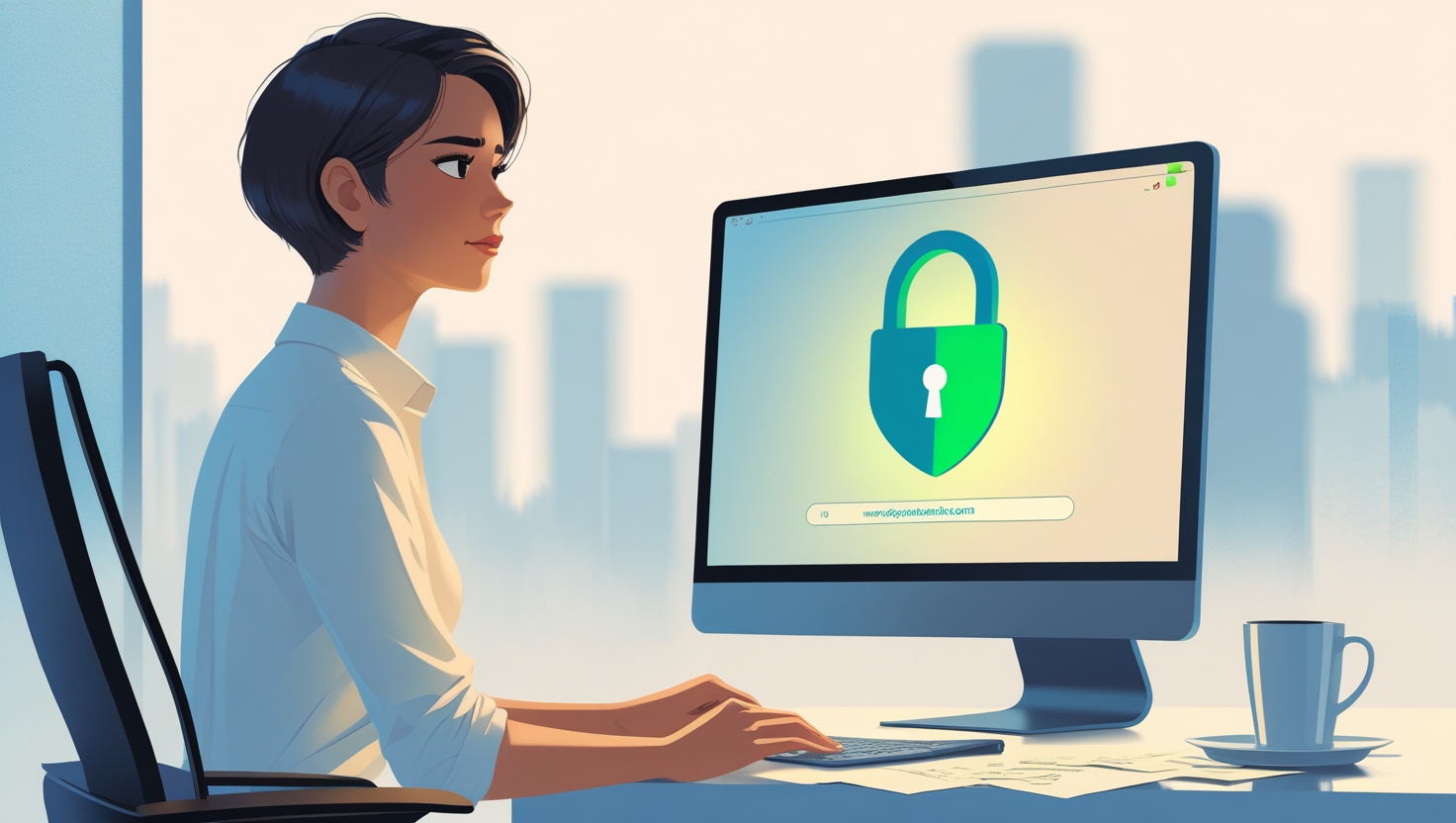In today’s digital age, email accounts are the gateways to countless personal and professional services. From banking to social media, most of our online presence is linked to one central point — our email. As such, securing your email with a strong password is not just good practice, it is absolutely essential. In this comprehensive guide, we explore the best practices for email passwords to ensure maximum protection and resilience against cyber threats.
Why Email Password Security Matters
A compromised email account can lead to a cascade of breaches. Hackers can access connected services, impersonate you, extract confidential data, and potentially hijack your identity. With phishing attacks and data breaches on the rise, the need to create and maintain secure, robust email passwords has never been more critical.
Create a Strong Email Password: Key Characteristics
To build a powerful email password, it must be long, unique, and complex. A good rule of thumb is to aim for at least 16 characters. Here are the essential traits:
-
Length: The longer the password, the harder it is to crack.
-
Complexity: Use a mix of uppercase letters, lowercase letters, numbers, and special characters.
-
Unpredictability: Avoid common words, patterns, or substitutions (e.g., "P@ssw0rd123").
-
No Personal Info: Never include names, birthdays, or easy-to-guess information.
Example of a Strong Password
gT9&Lp3#wF$1vZ!xNq8D – Random, complex, and almost impossible to guess.
Avoid These Common Password Mistakes
Even a long password can be dangerously weak if it falls into predictable patterns. Avoid:
-
Reusing passwords across multiple sites
-
Using dictionary words or common phrases
-
Adding predictable sequences (e.g., "123", "abc", or "qwerty")
-
Including your username or email address in the password
-
Writing down your passwords in easily accessible places
Use a Password Manager
One of the smartest steps in maintaining secure passwords is to use a trusted password manager. These tools can generate and store complex, unique passwords for every account you own. Benefits include:
-
Encrypted vaults to protect credentials
-
Auto-fill capabilities to save time and reduce errors
-
Syncing across devices for seamless access
Popular options include 1Password, LastPass, Bitwarden, and Dashlane.
Enable Two-Factor Authentication (2FA)
Even the best password can be compromised through phishing or keyloggers. That’s where Two-Factor Authentication (2FA) comes in. This security feature requires a second form of identification, such as:
-
A text message or email code
-
A mobile authentication app (e.g., Google Authenticator, Authy)
-
A biometric scan or hardware token
Always enable 2FA on your email account to add an additional layer of security.
Regularly Update Your Password
Many users create a strong password and never change it again. However, security best practices recommend updating passwords at least every 6–12 months, especially if:
-
You suspect a security breach
-
You used the same password elsewhere
-
You shared access with someone else
When you change your password, make sure it’s entirely new and not just a variation of your previous one.
Recognize Signs of a Compromised Email Account
Be vigilant about your email activity. Red flags include:
-
Unexpected login notifications
-
Emails in your “Sent” folder that you didn’t send
-
Password reset messages for other accounts
-
Contacts reporting suspicious emails from your address
If you see any of these, change your password immediately and scan your device for malware.
Educate Yourself About Phishing and Social Engineering
Even with a strong password, humans are often the weakest link. Phishing attacks trick users into revealing passwords by imitating legitimate websites or services. Protect yourself by:
-
Never clicking suspicious links
-
Verifying email senders carefully
-
Checking URLs for subtle misspellings
-
Using a secure browser with anti-phishing protection
Use Email Providers with Strong Security Features
Not all email platforms are created equal. Opt for services that offer:
-
End-to-end encryption
-
Built-in spam and phishing filters
-
Real-time security alerts
-
Zero-access architecture (email providers can't read your emails)
Top secure providers include ProtonMail, Tutanota, Zoho Mail, and Gmail with advanced security settings enabled.
Create a Backup Recovery Plan
If your email password is ever lost or compromised, you’ll need a secure recovery method. Best practices include:
-
Setting up a recovery email on a different provider
-
Adding a trusted phone number
-
Writing down recovery codes and storing them offline
-
Using hardware security keys like YubiKey for backup access
Corporate and Shared Email Password Guidelines
For businesses and teams:
-
Never share email credentials over unsecured channels
-
Use enterprise password managers with role-based access
-
Disable email access when an employee exits
-
Audit password usage regularly
Team accounts should be set up in a way that minimizes shared logins, ideally using identity and access management (IAM) tools.
Audit Your Password Health
Conduct regular audits of your password practices:
-
Check if any email addresses are part of known data breaches using services like HaveIBeenPwned
-
Review all connected apps and revoke unnecessary access
-
Clean up old or unused email accounts
A proactive approach will significantly reduce your vulnerability.
Best Email Password Practices Checklist
To summarize, ensure your email password security is top-notch by following this checklist:
-
✅ Use long (16+ characters), complex passwords
-
✅ Avoid personal details and common words
-
✅ Use a unique password for every account
-
✅ Store passwords in a secure password manager
-
✅ Enable Two-Factor Authentication (2FA)
-
✅ Update passwords regularly
-
✅ Watch for suspicious activity
-
✅ Be alert to phishing tactics
-
✅ Choose a secure email provider
-
✅ Maintain a recovery plan
Securing your email password is non-negotiable. The time and effort spent setting up robust password protocols can save you from devastating consequences down the line.




